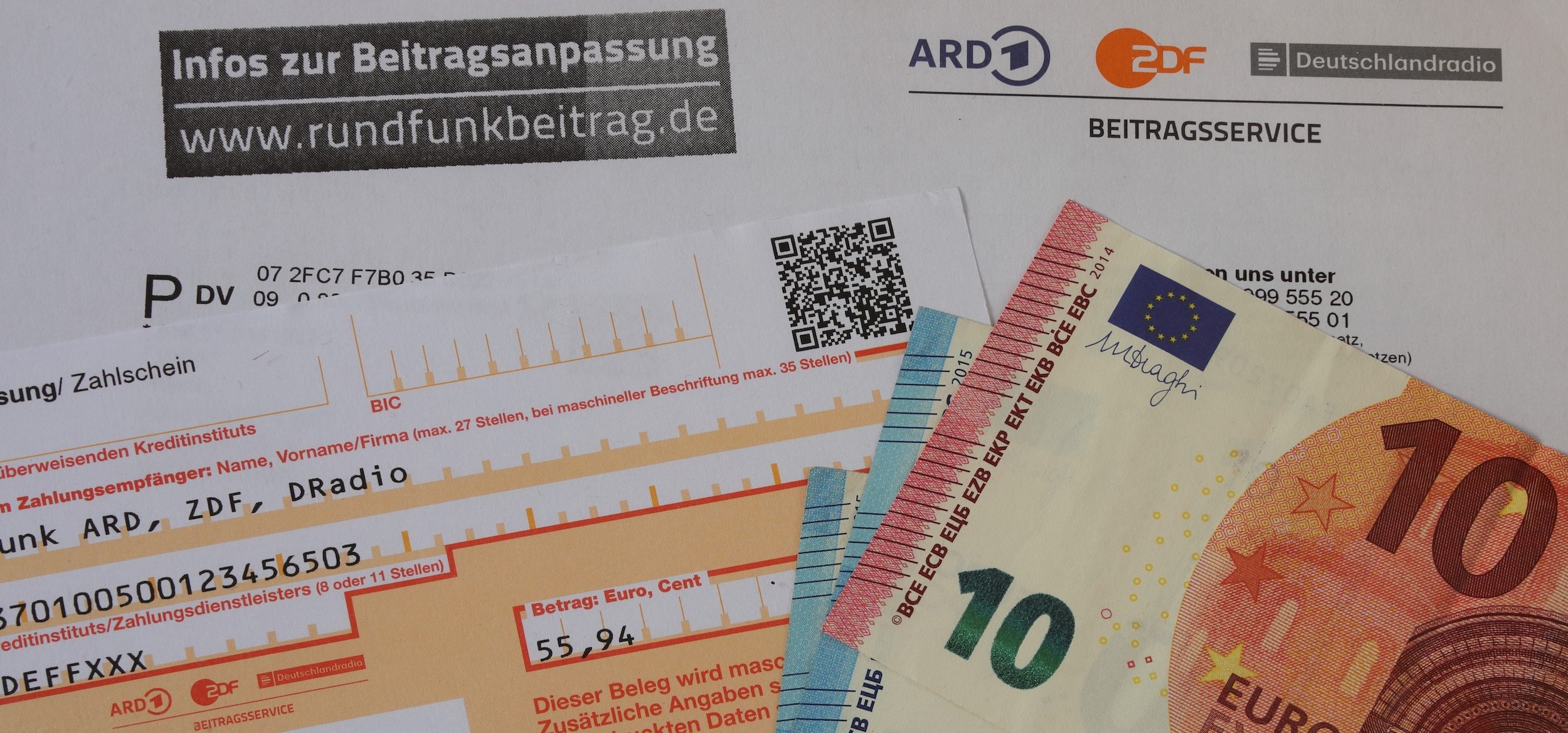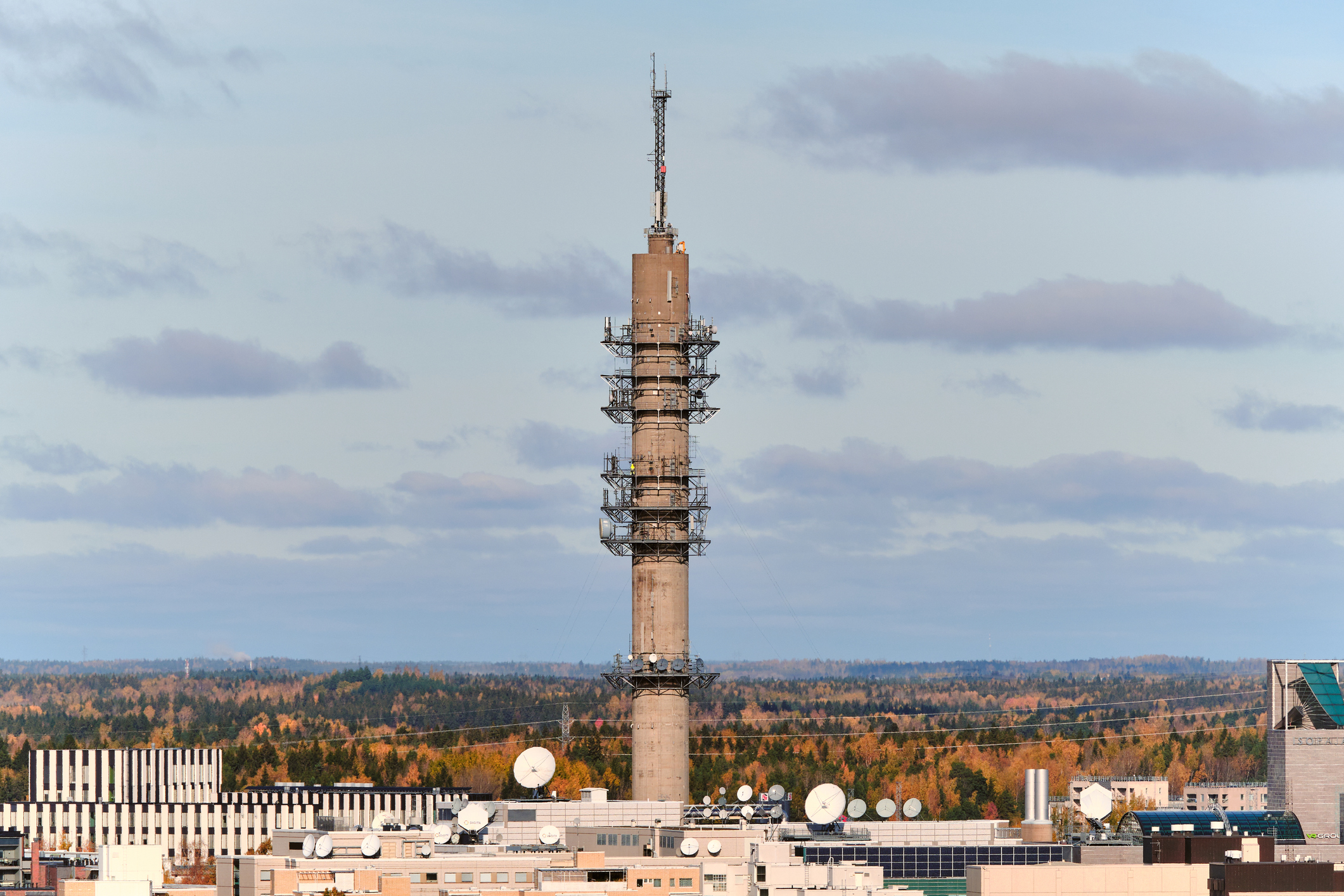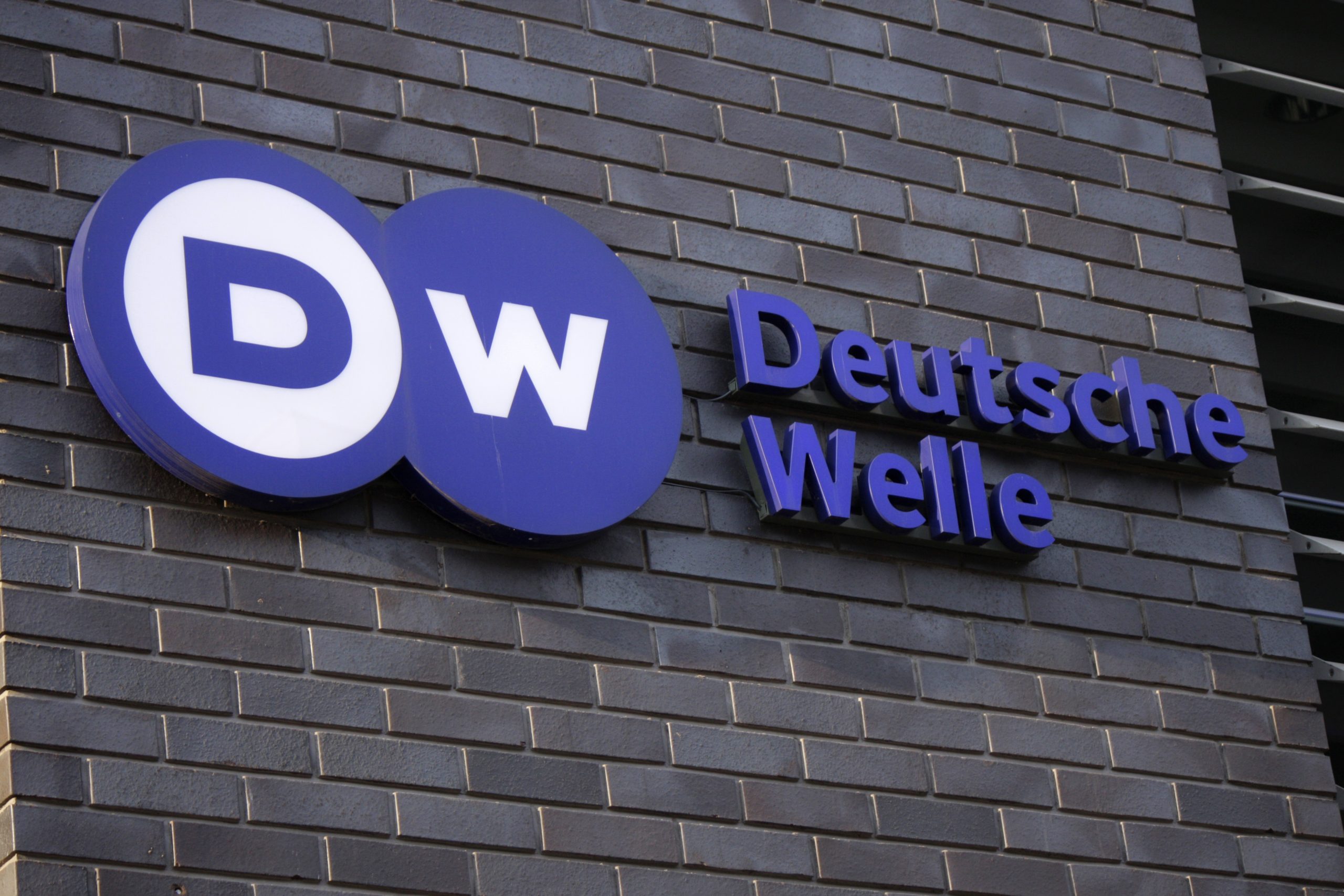The PMA Briefing
World Press Freedom Day
7th May 2025
Attacks on press freedom have persisted around the world over the past year, as journalism faces mounting pressure from emerging technologies like AI and entrenched threats such as state capture. Meanwhile, defending independent media remains essential to protecting democracy and maintaining public trust.
Impunity on the rise as attacks grow
As conflicts erupt and tensions rise around the world, attacks on journalists continue to increase across the globe. 2024 saw an upsurge in violence against media workers, and is at its most deadly in Gaza, where 232 journalists have lost their lives since the start of the conflict.
Quality journalism is the basis of a healthy, functioning society, and journalists, are vital in holding those in power to account and keeping people informed. But crackdowns on dissenting media outlets and journalists are frequent in countries led by undemocratic regimes, including arrests like the detention of Mzia Amaglobeli in Georgia. The continuous aggressions towards journalists pushes many to exile.
In 20 years, 1161 journalists have been killed. According to the CPJ, more than 1700 have been imprisoned for their work, abusive legal proceedings (SLAPPs) are increasingly used to stifle the press, but of all these attacks, only a minority are successfully brought to justice.
In its last report on the issue of impunity and safety of journalists, UNESCO revealed that the global impunity rate remained high. The impunity surrounding attacks against journalists fosters a dangerous cycle, where the lack of accountability emboldens further violence against the press. When perpetrators are not held responsible, it signals that such crimes are tolerated, leading to more frequent and brazen assaults. This erosion of press freedom undermines the public’s right to information and weakens democratic institutions, which rely on a free and independent media to hold power to account.

Capturing public media
Public media and power have an often-complicated relationship. While PSM keeps power accountable, power often has levers over the finances and governance of PSM. A number of governments have sought to exert their own political influence over PSM through these levers.
The political takeover of a public broadcaster can have a direct impact on society as it undermines the media’s ability to provide impartial, fact-based information, and in so doing, weakens public trust, and restricts pluralism and diverse viewpoints. This manipulation often leads to propaganda, censorship, and the silencing of dissent, weakening democratic checks and balances. As it was observed in countries such as Hungary, this eventually impairs citizens’ ability to make informed decisions. Ultimately, media capture threatens the very foundations of democracy by stifling open debate, transparency, and accountability.
In the last year, the Public Media Alliance has reported on the political takeover of public media organisations, from the dissolution of Argentinian public media Télam by Javier Milei’s administration, the political capture of the Slovak RTVS, renamed STVR by Robert Fico’s government, and more recently, Trump’s plans to axe down both domestic public media, and international public media.
In Europe, 2025 is a defining year for media and public media, as major legislation introduces more protection for media organisations and media freedom. The European Media Freedom Act (EMFA), will have to be implemented to national law across the whole Union. However, a growing threat of political interference has risen in the last few years. Media experts remain uncertain whether legislative efforts such as the EMFA will provide enough protective tools from political capture for European public media. Cases such as the political takeover of the Slovak public broadcaster, the longstanding influence wielded by Viktor Orbàn over the public broadcaster and the media landscape in Hungary, offer textbook examples of how illustrate public service media can be captured.

Financial sustainability crisis in public media
The editorial independence and professionalism of public service media depends to a large extent on the stability and sustainability of their funding. However, several public broadcasters across the globe are grappling with increasing financial and political pressures, which threaten their independence, programming quality, and sometimes international reach.
In North America, the future of CBC/Radio-Canada’s funding had become a campaign topic in the latest elections, where the existence and role played by the English section of the public broadcaster was a major policy difference between the two major parties. The Concervative party declared it would defund CBC, while the liberal party led by Mark Carney promised more support for the public broadcaster. To an extent, this policy difference was also felt in Australia, where the Liberal leader, Peter Dutton, described the ABC as ‘hate media’.
In the US, the future of public broadcasting is very much on the line, with the Trump administration’s repeated attempts to cut the budget of public service media. Since his accession to the Presidency, he has attacked the two public broadcasting entities, PBS and NPR, through an FCC investigation, and has also attempted to dismantle the international public media group, USAGM. More recently, he targeted the Corporation for Public Broadcasting, an independent non-profit organisation responsible for promoting and financially supporting public audiovisual media and content, by ordering a halt to their financing of PBS and NPR. These pressures on the US public media system will trickle down to the smaller public stations, and will result in heavy budget cuts, layoffs and changes to programming.
In Europe, public broadcasters are not immune to the financial crisis touching the media.
In Switzerland, there are proposals to reduce the funding for international services provided by the Swiss Broadcasting Corporation, driven by debates over the scope and cost of public service media. Cuts to these services would weaken Switzerland’s global media presence and diminish its ability to provide Swiss perspectives abroad, particularly in multiple languages. This is ahead of a referendum which could see the current licence fee which funds the entire corporation reduced from 335 francs a year down to 200 francs.
Public broadcasters such as Yle in Finland, RTBF in Belgium, ORF in Austria, and Germany’s public media are also facing government scrutiny over their budgets and services, prompting them to implement cost-saving measures and reconsider their organisational structures and programming. Further East, Bosnia & Herzegovina’s fragmented political landscape has undermined stable financing for its public broadcaster, BHRT, leaving it vulnerable to political manipulation and at times on the brink of collapse due to inconsistent fee collection and government inaction.
Meanwhile, in South Korea, KBS has faced declining licence fee revenues and increasing governmental oversight, raising concerns about editorial independence and the sustainability of public service journalism.
The financial instability of public broadcasters presents a serious threat to media pluralism, democratic accountability, and cultural representation. As traditional funding models erode under political pressure, economic constraints, and declining public support, broadcasters are being forced to cut services, lay off staff, and compromise editorial independence. The rise of digital platforms and shifting audience behaviours intensify these pressures, drawing viewers and advertising revenue away from public media. Without sustainable funding and institutional protection from political interference, the ability of public broadcasters to serve the public interest, provide reliable information, and reflect national diversity is a growing risk.

AI and disinformation: a new frontier for threats
Over the past year, artificial intelligence (AI) and its impact on journalism and media freedom has been a particularly pressing issue. In last year’s super year of elections, AI was seen as fuelling disinformation within elections in India and Indonesia; there, AI-based technologies, particularly deepfakes and disinformation campaigns, saw a surge while voter perceptions and behaviours were also targeted. In both cases, deepfakes and AI-generated audio and video were used to manipulate public opinion during elections, with fake videos of political leaders going viral in the run-up to elections. AI-created disinformation campaigns also targeted voters with hyper-localised, fabricated narratives, exploiting trust in community sources.
There are growing concerns about how AI is being used to target journalists themselves. Not only is AI being used to put journalists under surveillance, but malicious actors are creating deepfake content to discredit reporters, including fake videos or images suggesting wrongdoing or spreading manipulated quotes to undermine credibility. In some cases, this technology has been used to impersonate journalists online, increasing the risk of harassment, online abuse, and reputational damage. These attacks both threaten the safety of individual journalists and also contribute to a broader climate of mistrust and hostility toward the press. Fortunately, public and independent broadcasters have begun implementing AI tools in innovative ways to protect both journalists and their sources. Critical to any usage is the implementation of AI guidelines, outlining appropriate and responsible usage across an organisation.
Beyond elections, disinformation, and journalist safety, AI is reshaping journalism itself. Newsrooms are experimenting with AI tools for content creation; a recent report from the European Broadcasting Union (EBU) notes that newsrooms are increasingly using AI tools (such as customised large language models or features built into their content management systems) to not only to improve their internal processes and enhance performance, but also for developing public facing formats like chat-style queries about news content, personalising the news experience, and soliciting and/or structuring user contributions. However, concerns about reliability, transparency, business models, strategy, and bias remain widespread.
Meanwhile, AI’s development is closely intertwined with Big Tech, whose platforms are essential for news discovery. As companies like Google increasingly integrate AI-generated summaries into search and chat tools, publishers fear a sharp decline in traffic, reducing public access to trusted news sources. Furthermore, in its 2025 predictions of journalism, media, and technology trends, Reuters Institute emphasised the issue of inequity in content licensing deals: while some international agencies and national publishers have struck lucrative agreements with tech firms, many smaller and public interest outlets have been excluded, thereby widening the gap in media sustainability and visibility. At the same time, the use of AI in journalism has triggered ethical questions around transparency, bylines, and editorial oversight.

Internet shutdowns and information blackouts
In just the past year, more citizens around the world have experienced information blackouts in the form of internet shutdowns and media closures. Internet shutdowns in particular have become a common censorship tool for governments looking to control the flow of information, suppress dissent, and restrict media reporting. Across Africa, for example, there were 21 shutdowns in 15 countries in 2024, the region’s highest number of shutdowns ever recorded in a single year. In Ethiopia, the government continued its years-long assault on information with more blackouts, cutting off access for journalists and preventing independent media from reporting on the ongoing conflict. This figure is part of what was the worst recorded year in internet shutdowns: a recent AccessNow report noted that authorities imposed at least 296 internet shutdowns in 54 countries last year.
In the realm of crises, internet shutdowns and intentional information blackouts are particularly dangerous. Access to timely, independent information is lifesaving during times of crisis. In Russia, censorship laws and digital repression — including blocking foreign news outlets and criminalising so-called “false information” — have led to a state-controlled narrative around the invasion of Ukraine. Independent journalists and media outlets have been forced into exile or silenced altogether, and ordinary citizens struggle to access objective news. The situation is expected to be exacerbated in 2025; according to Global Voices, experts predict that the government will intensify its efforts to control Virtual Private Networks (VPNs), one of the last tools journalists and citizens use to bypass state-imposed firewalls. One consequence of this, however, is the returning recognition of the strength of radio (particularly shortwave) as a resilient medium, able to reach audiences in times of crisis or blockages.
Meanwhile, funding instability has also impacted media industries, leading to shutdowns of news outlets and growing information blackouts. In a report on World Press Freedom Day 2025 index, RSF said economic fragility has become a leading threat to press freedom, with shrinking advertising revenues, inflation, and declining public funding forcing many media outlets, especially local and independent ones, to downsize or shut down entirely. Notably, policies from US President Donald Trump have impacted global information ecosystems: the freeze of USAID funding and efforts to dismantle the US Agency for Global Media (USAGM) both threatened access to information for millions of citizens around the world.

More from World Press Freedom Day
Explore our other content marking World Press Freedom Day from this year, and previous years.
Related Posts
29th April 2025
Protest, scrutiny and cutbacks | The PMA Briefing
Public media workers in Argentina have…
23rd April 2025
How to combat disinformation | The PMA Briefing
Disinformation spread fast as elections…
15th April 2025
New programmes, initiatives, hubs & pledges | The PMA Briefing
Public media highlight and launch new…






